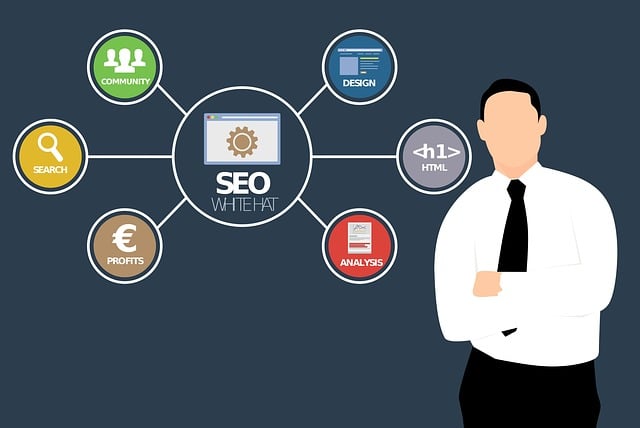AI revenue projection tools have transformed financial planning by leveraging machine learning algorithms to analyze historical data, market trends, and customer behavior patterns. These models predict consumer actions, accurately forecasting membership retention rates and revenue streams. Through training on existing data, they generate insights into future member dynamics, considering purchase behavior, engagement levels, and market influences. This enables strategic decision-making, optimizes marketing efforts, enhances profitability, and drives business growth across various industries. Implementing these AI models requires a strategic approach, including selecting proven tools, collaborative effort between experts, ensuring data quality, interpreting outputs, monitoring accuracy, and refining systems based on evolving patterns.
“AI models are transforming membership retention strategies, offering unprecedented accuracy in forecasting membership churn. This article explores the power of AI revenue projection tools and their ability to predict member attrition rates. We delve into the benefits, from enhanced data-driven decisions to cost savings, and provide a comprehensive guide on implementing these models effectively. Understanding how these AI tools work is crucial for organizations aiming to optimize their membership strategies in today’s competitive market.”
- Understanding AI Revenue Projection Tools: How They Work
- Benefits of Using AI for Membership Retention Rate Forecasting
- Implementing AI Models: Strategies and Best Practices
Understanding AI Revenue Projection Tools: How They Work

AI revenue projection tools have transformed the way businesses anticipate and manage their financial growth. These sophisticated models leverage machine learning algorithms to analyze vast amounts of historical data, market trends, and customer behavior patterns. By understanding and predicting consumer actions, AI can accurately forecast membership retention rates and revenue streams.
The process involves training the model on existing data, where it identifies key indicators influencing customer loyalty and churn. Once trained, these tools can generate insights into future membership dynamics. They consider various factors such as past purchase behavior, engagement levels, and external market influences to provide valuable predictions. This enables businesses to make informed strategic decisions, optimize marketing efforts, and ultimately enhance long-term profitability.
Benefits of Using AI for Membership Retention Rate Forecasting

Using AI for membership retention rate forecasting offers significant advantages and can be a game-changer for businesses in various sectors. These advanced models are capable of analyzing vast amounts of data, including historical member behavior, demographics, and engagement patterns, to predict churn and retention rates with remarkable accuracy. By leveraging machine learning algorithms, AI revenue projection tools can identify subtle trends and correlations that might go unnoticed through traditional analysis.
One of the key benefits is improved strategic decision-making. With AI-driven insights, organizations can proactively develop targeted retention strategies, personalizing experiences for members and increasing their chances of staying engaged. This not only reduces customer churn but also enhances member satisfaction, ultimately contributing to business growth and increased revenue.
Implementing AI Models: Strategies and Best Practices

Implementing AI models for membership retention rate forecasting requires a strategic and methodical approach. Firstly, organizations should thoroughly vet available AI revenue projection tools, focusing on those with validated accuracy in similar contexts. This involves assessing the tool’s historical performance, understanding its underlying algorithms, and evaluating how well it aligns with your data and specific retention goals.
Once an appropriate model is selected, best practices dictate a collaborative effort involving both data scientists and domain experts. These stakeholders should work together to ensure the quality of input data, carefully interpret model outputs, and continuously refine the AI system based on evolving patterns and feedback loops. Regular monitoring and validation are crucial to maintaining the model’s accuracy and reliability in forecasting membership retention rates over time.
AI revenue projection tools are transforming how businesses, especially in subscription-based models, predict and manage membership retention. By leveraging machine learning algorithms, these tools offer accurate forecasts, enabling proactive strategies for improved customer engagement and reduced churn. Implementing AI models requires a strategic approach, including data preparation, model training, and continuous monitoring. Adopting these AI-driven solutions can significantly enhance retention rates, ultimately driving business growth and success.
